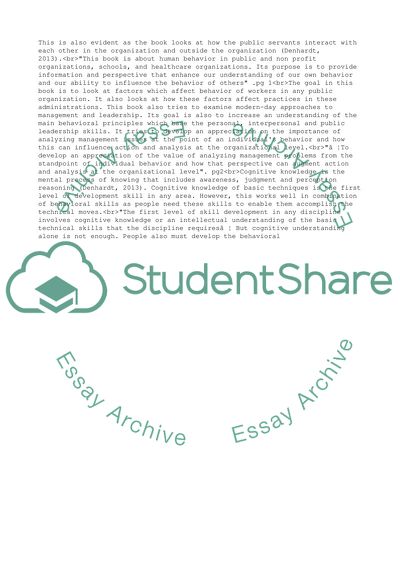Cite this document
(“LM1 Assignment Example | Topics and Well Written Essays - 1750 words”, n.d.)
LM1 Assignment Example | Topics and Well Written Essays - 1750 words. Retrieved from https://studentshare.org/management/1613199-lm1
LM1 Assignment Example | Topics and Well Written Essays - 1750 words. Retrieved from https://studentshare.org/management/1613199-lm1
(LM1 Assignment Example | Topics and Well Written Essays - 1750 Words)
LM1 Assignment Example | Topics and Well Written Essays - 1750 Words. https://studentshare.org/management/1613199-lm1.
LM1 Assignment Example | Topics and Well Written Essays - 1750 Words. https://studentshare.org/management/1613199-lm1.
“LM1 Assignment Example | Topics and Well Written Essays - 1750 Words”, n.d. https://studentshare.org/management/1613199-lm1.


